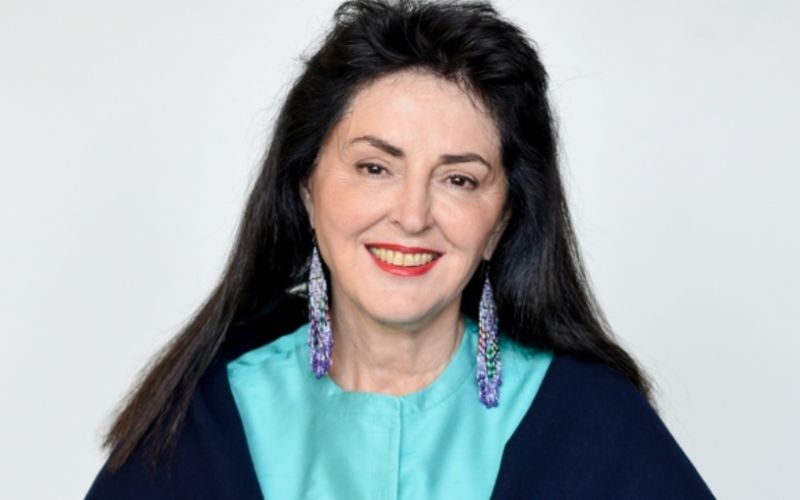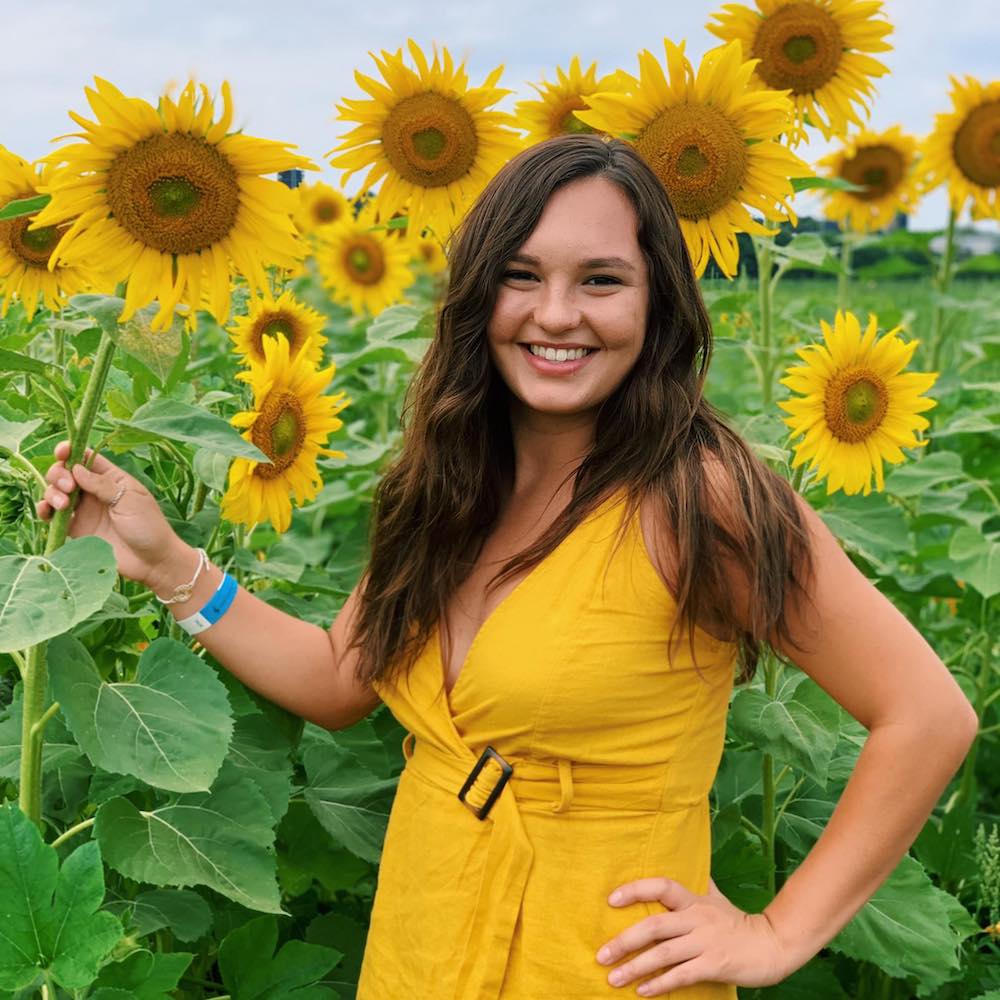
- Details
- By Kaili Berg
Directed and written by Diane Fraher (Osage/Cherokee), known for her compelling storytelling in previous works like The Reawakening, the film offers a poignant narrative that transcends cultural boundaries to present a universal coming-of-age tale.
As the sisters navigate their aspirations, they confront the harsh realities of racism, substance abuse, and violence, testing the strength of their bond. The elder sister grapples with the weight of responsibility, torn between pursuing her own ambitions and intervening to protect her younger sibling from the dangers that threaten to engulf her.
Set against the backdrop of Osage Native American culture, The Heart Stays provides insight into the complexities of identity, family dynamics, and the pursuit of dreams.
Fraher talked to Native News Online about her journey from a passion for Native arts and advocacy to her career in filmmaking. She shares how she uses storytelling to uplift and empower Native youth, balancing Osage culture with a narrative that resonates universally. Fraher also highlights her inclusive approach to casting, involving the Native community in her work, and her hopes for how audiences will embrace her new film.
This interview has been edited for clarity and length.
NNO: What sparked your journey into your career path as a director?
It all began long ago, rooted in my passion for contemporary Native arts. I've always cherished our stories and wanted to share them.
I've also been deeply involved in advocating for women and Native women, facing the unique challenges we encounter. That led me to establish a Native American multi-arts organization, providing a platform for our voices to be heard and our work to thrive. Despite the ups and downs in the environment for Native people, I strive to remain hopeful. Historically, we've seen periods of progress followed by setbacks. Yet, in between, there are often long stretches of stagnation. Our organization was founded to ensure continuity in pursuing our dreams, independent of mainstream approval. We believe in the importance of self-expression and liberation, regardless of external validation.
What inspired you to tell this particular story?
Native stories hold a special place in my heart. They offer hope, inspiration, and valuable lessons. These stories are integral to the daily lives of Native people, shaping our ongoing journey. My desire to tell this tale stems from a deep commitment to the future of Native youth, aiming to uplift and empower them through storytelling.
How did you approach balancing the portrayal of Osage Native American culture with the universal coming-of-age narrative?
Well, the first thing I did was follow the stories that came out of my heart. I wanted to capture the spirit, and I believed the subtext lay in specificity, particularly in representing Osage culture authentically. Unlike many films about Native people, predominantly crafted by white males, which often feel superficial and lacking in true native essence, I aimed to emphasize the unique aspects of Osage identity. Rather than presenting a generic "pan-Indian" narrative, where various Native cultures are homogenized, I sought to delve into the specific nuances of Osage customs and beliefs.
For instance, while it might have been tempting to craft a story where the younger sister takes center stage in a typical coming-of-age tale, in Osage culture, the oldest child holds the most significant role. As one elder once shared with me, it's often even more challenging when the oldest child is a woman. Thus, it became clear that the narrative needed to focus on the older sister. By centering the story around her struggles and aspirations, we were able to delve deeper into Osage culture, revealing its complexities and richness.
Could you share some insights into the casting process?
When it came to casting, I made a conscious decision to avoid non-Native casting directors. I felt that relying on them might lead to meeting talented Native individuals, but it would also mean seeing our community through their lens. For me, the crux of the matter was allowing us to define our own identity. It's about asserting, "This is who we are, this is how we do things, this is how we see things." Therefore, I wanted the casting process to be community-driven.
I also placed great importance on discovering genuinely talented individuals and giving them a platform. For me, filmmaking is about laying down a pathway for others, especially young Native artists, to tell their stories. This process isn't just about making a film; it's about creating opportunities and setting the stage for future generations.
In both the casting process and other aspects of filmmaking, I believe that having a diverse range of voices in leadership positions is crucial. It's the foundation upon which we build a more inclusive and representative film industry.
What message or takeaway do you hope audiences will walk away with after experiencing "The Heart Stays"?
I just hope they will let the story into their hearts. I love stories because, like we all do, they represent hope, healing, and inspiration. They have this incredible ability to stay with you long after the credits roll. It's like they become a friend to you.
The Heart Stays will be available for streaming on March 26 on Apple TV, Prime Video, Vudu, Google Play, and DirecTV.
More Stories Like This
Heavy metal is healing teens on the Blackfeet NationOver 150 Tribal Museums Participate in Fourth Annual Celebration of Native Life
New Book Showcases 250 Images by Indigenous Photographers Spanning Two Centuries
Five Native American Chefs You Should Know
Short Film Documents First Full Kayak Run of the Klamath After Dam Removals
Help us tell the stories that could save Native languages and food traditions
At a critical moment for Indian Country, Native News Online is embarking on our most ambitious reporting project yet: "Cultivating Culture," a three-year investigation into two forces shaping Native community survival—food sovereignty and language revitalization.
The devastating impact of COVID-19 accelerated the loss of Native elders and with them, irreplaceable cultural knowledge. Yet across tribal communities, innovative leaders are fighting back, reclaiming traditional food systems and breathing new life into Native languages. These aren't just cultural preservation efforts—they're powerful pathways to community health, healing, and resilience.
Our dedicated reporting team will spend three years documenting these stories through on-the-ground reporting in 18 tribal communities, producing over 200 in-depth stories, 18 podcast episodes, and multimedia content that amplifies Indigenous voices. We'll show policymakers, funders, and allies how cultural restoration directly impacts physical and mental wellness while celebrating successful models of sovereignty and self-determination.
This isn't corporate media parachuting into Indian Country for a quick story. This is sustained, relationship-based journalism by Native reporters who understand these communities. It's "Warrior Journalism"—fearless reporting that serves the 5.5 million readers who depend on us for news that mainstream media often ignores.
We need your help right now. While we've secured partial funding, we're still $450,000 short of our three-year budget. Our immediate goal is $25,000 this month to keep this critical work moving forward—funding reporter salaries, travel to remote communities, photography, and the deep reporting these stories deserve.
Every dollar directly supports Indigenous journalists telling Indigenous stories. Whether it's $5 or $50, your contribution ensures these vital narratives of resilience, innovation, and hope don't disappear into silence.
 The stakes couldn't be higher. Native languages are being lost at an alarming rate. Food insecurity plagues many tribal communities. But solutions are emerging, and these stories need to be told.
The stakes couldn't be higher. Native languages are being lost at an alarming rate. Food insecurity plagues many tribal communities. But solutions are emerging, and these stories need to be told.
Support independent Native journalism. Fund the stories that matter.
Levi Rickert (Potawatomi), Editor & Publisher

